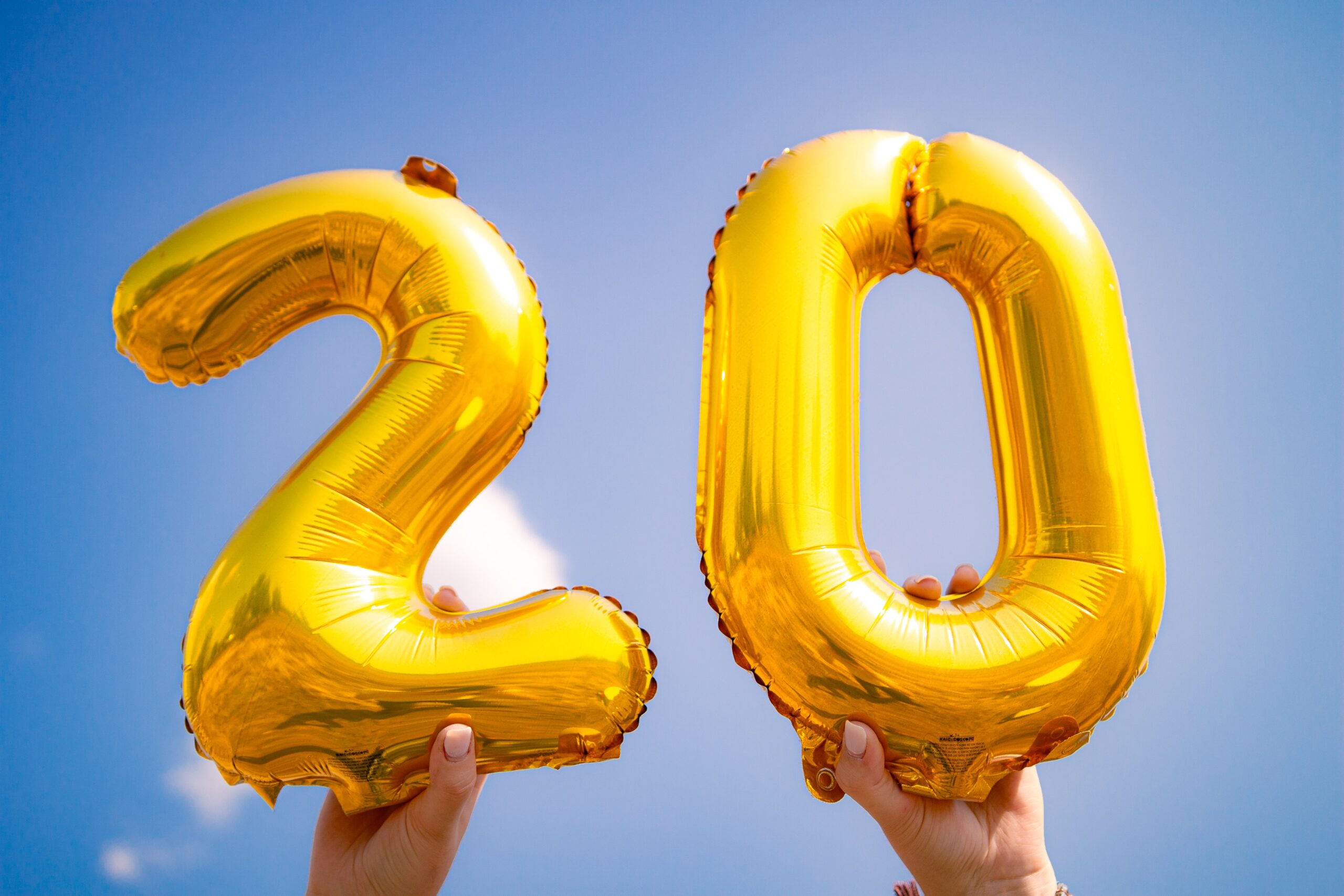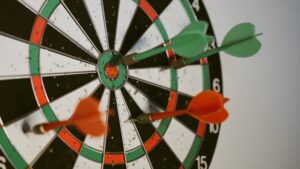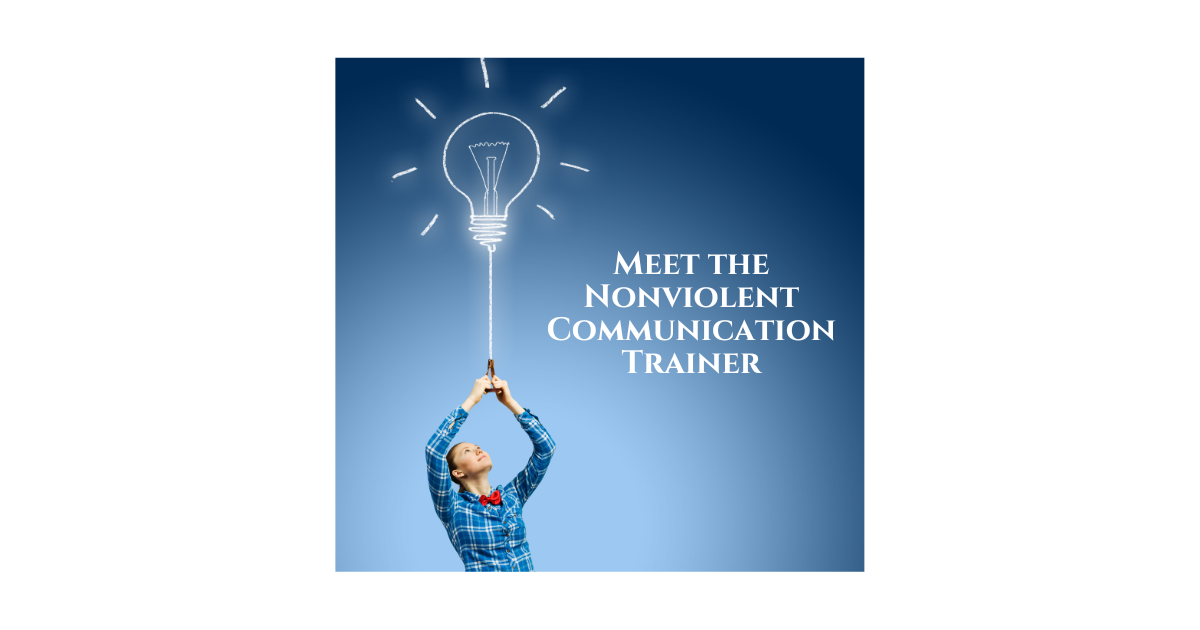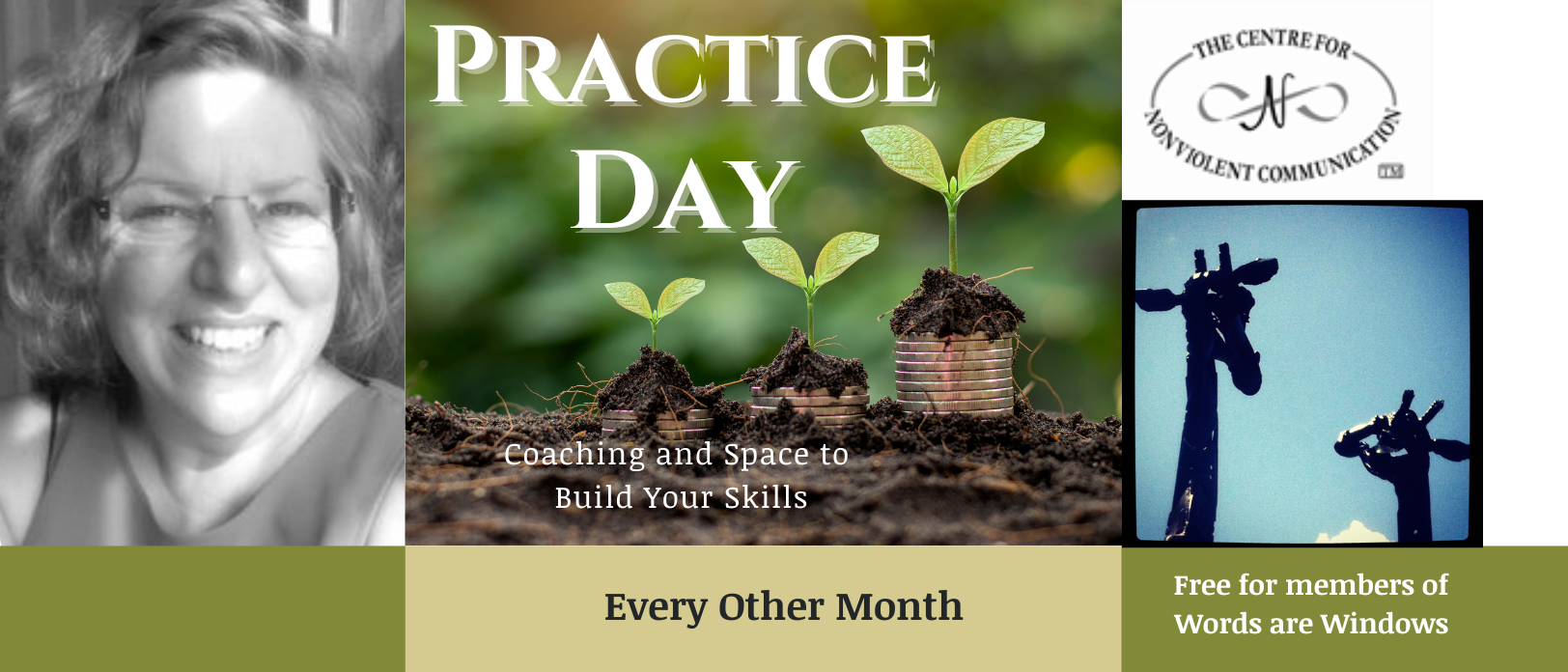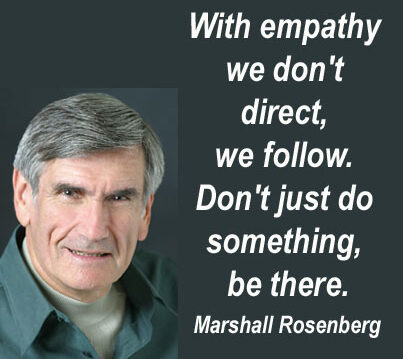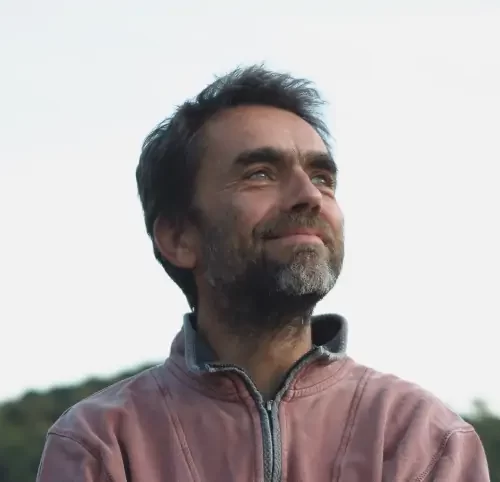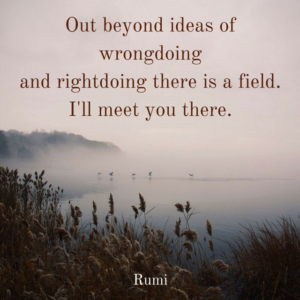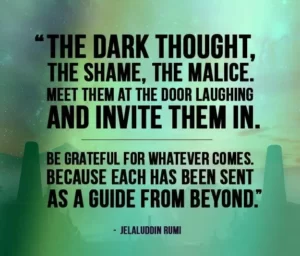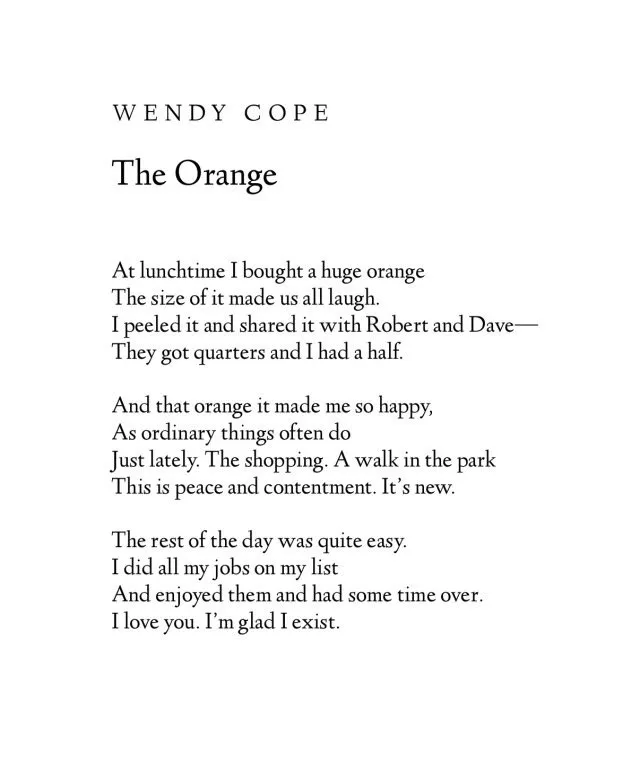This is the second post in my ponderings on Nonviolent Communication and Social Change. Last time, I talked about some of the dangers of social change work. I believe it is NVC consciousness that makes the difference. When we come from a place that everyone’s needs matter, change will inevitably happen. When our enemies’ needs are as important as our own, peace will follow. When we accept how beautiful the world is, we will care for it. This is very different from using NVC to fight for social change.
In contrast to the ‘power-over’ mentality, a sense of ‘we know best’, NVC instead brings care to check with everyone. What are all the needs? What strategies will meet them? AND we may need to keep doing this work! There’s an intention to put all the needs on the table and to stay in dialogue. There is something at the heart of NVC about letting go of the outcome. We are not seeking to impose a particular kind of change, or wanting to shape the world to match our vision of it.
I was reflecting with Marshall Rosenberg about domination systems (schools, churches, governments). How it landed with me is that when the system dominates us, we lose capacity to make our own choices. This mentality creeps in when whenever we hold on to doing things the way we have always done them, for instance. NVC calls us to stay alert so we’re not just following orders. Keep checking – is this still serving me/us/humanity?
Stay true to you!
I once saw Marshall decline to join in a circle that stood to hold hands. When asked about this, he said it was always good to practise not conforming. I invite us all to become more aware of power-over mentality, and to practise not conforming.
What to do
So, the questions to ask yourself might be:
- Am I coming from a needs-based place? Am I willing to put all the needs on the table, with them all mattering equally?
- Am I willing to include everyone’s needs, even those of people I judge to be enemies and/or on the other side of a debate?
- Am I intending to work with others, ensuring everyone’s voices are heard?
- Am I open to keep checking with others that their needs are being met?
- Am I open to other views of how the world could be?
- Am I open to different ways that we could get there?
- Do I have a sense of choice about my involvement in the work?


